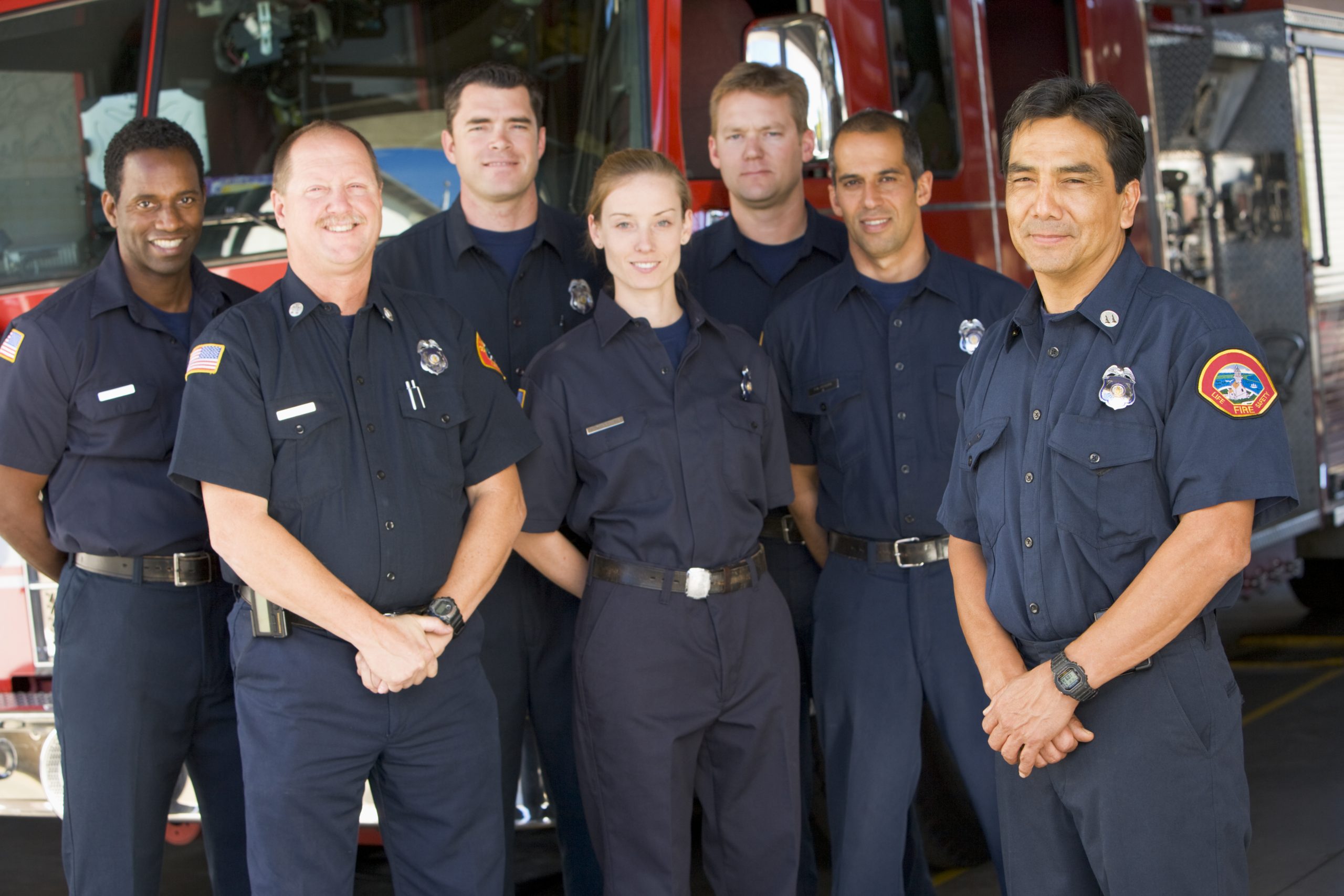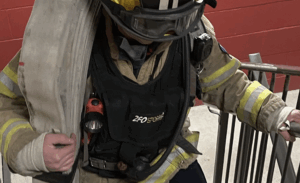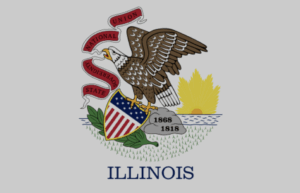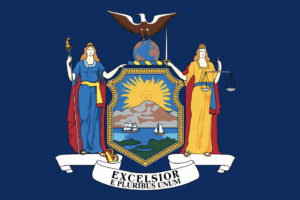Equal Employment Opportunity and Affirmative Action in the fire department hiring process is a set of laws and policies that addresses historical and systemic discrimination by promoting diversity and inclusion in hiring practices. It involves taking proactive measures to ensure that underrepresented groups, such as minorities and women, have equal employment opportunities within the fire service. Let’s explore how equal Employment Opportunity and Affirmative Action in the fire department hiring process affect you.
Why a Firefighter Candidate Should Know About This:
- Firefighter candidates should know affirmative action policies to understand that the fire service values diversity and is committed to providing equal opportunities for all. This knowledge fosters a sense of inclusivity and fairness within the profession.
- Understanding affirmative action can help candidates prepare for the selection process by recognizing that their qualifications and skills are essential. Still, they may also benefit from policies aimed at diversifying the workforce. This knowledge can alleviate concerns about the fairness of the hiring process.
Table of Contents
Affirmative Action and Equal Employment Opportunity
This section will provide a background of the Affirmative Action (AA) and Equal Employment Opportunity (EEO) laws and policies – and how they may impact your employment in the fire service. It is not meant to either challenge or support the laws.
AA (Affirmative Action)4
A series of laws, policies, guidelines, and administrative practices used within a government agency or organization to measure and correct the effects of discrimination.
The ways these laws are interpreted and implemented may vary between local municipalities. Each city in the U.S. has a unique population with a variety of demographic diversity.
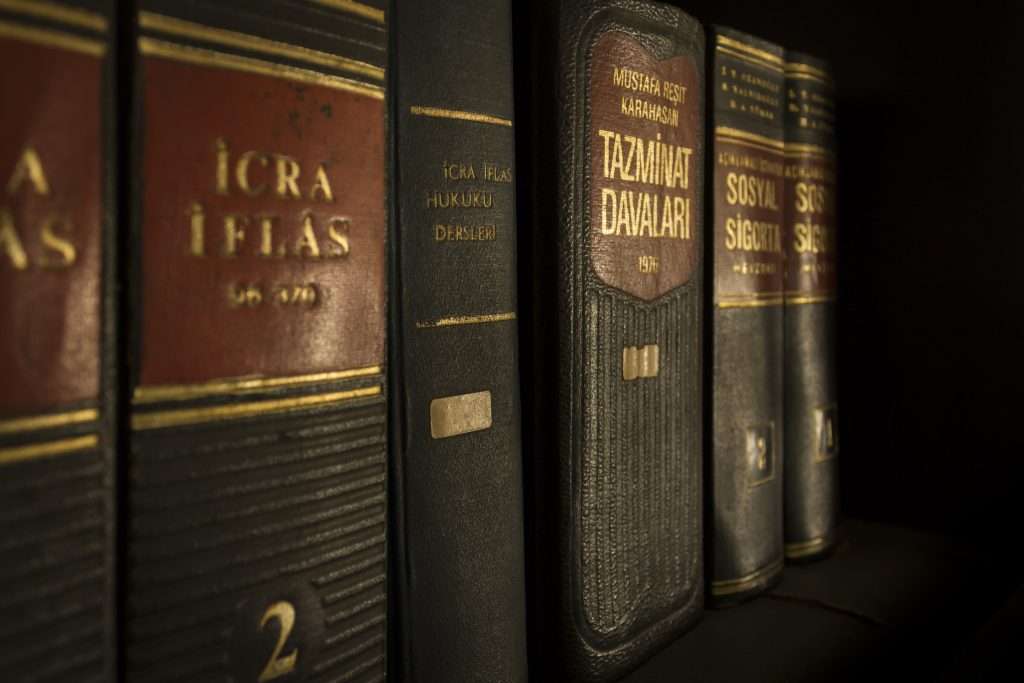
For fire service organizations, AA challenges them to improve opportunities for minority groups- race, color, religion, sex, sexual orientation, gender identity, or national origin – and balance their workforce to align with the demographic makeup of their city. Some departments have used a quota system, while others may give preference or special consideration. – no standardized system exists.

EEO (Equal Employment Opportunity) 5
A federal law that requires all individuals to be treated fairly during the hiring process and once employed. This law is intended to allow every American citizen to work in a profession of their choice.
For fire service organizations, EEO policies and procedures are implemented to assure that any candidate competing for a full-time firefighter position will have the same chance of succeeding if they are qualified. With EEO, the department will therefore hire based primarily on intellect and physical ability – not on educational requirements that some candidates may not have access to. Ideally, then, entry-level firefighter jobs would be more accessible to those candidates who do not have a degree.
AA and EEO Combined
AA and EEO laws guide a city’s hiring practices and influence the decisions that chief hiring officers make, particularly in metropolitan fire departments. The process used by the hiring authority to make these decisions is not always transparent. This is because the department’s diversity and the city’s demographic makeup constantly change over time.
Hiring authorities must align with those changing demographics and therefore don’t consistently implement a “standard” system.
For more details, contact the city’s Department of Human Resources to find out which AA and EEO policies are currently in place and how those policies will affect you.
If you want more details about the fire department hiring process, read The Fire Department Hiring Process: Unlocking Opportunities.
“All of us do not have equal talent, but all of us should have an equal opportunity to develop our talent.”
– John F. Kennedy

How does AA/EEO impact the hiring process?
1. Legal Framework:
Equal Employment Opportunity and Affirmative Action in the fire department hiring process are grounded in federal and state laws to promote fairness, diversity, and inclusivity. These laws ensure that no one is discriminated against based on race, gender, religion, age, disability, or other protected characteristics.
2. Diverse Workforce Benefits:
A diverse workforce in the fire service brings a wide range of perspectives, skills, and experiences to the team. It enables departments to understand better and serve diverse communities, improving community relations and overall effectiveness.
3. Merit-Based Selection:
Affirmative action and equal opportunity efforts maintain merit-based hiring. Candidates are selected based on their qualifications, skills, and abilities, ensuring that only the most qualified individuals become firefighters.
4. Outreach and Recruitment:
Fire departments actively engage in outreach and recruitment efforts to attract diverse candidates. This includes attending job fairs, collaborating with community organizations, and promoting firefighter careers to underrepresented groups.
5. Inclusive Policies:
Fire departments often have inclusive policies and practices that accommodate individuals with disabilities, ensuring everyone has a fair opportunity to pursue a firefighting career.
6. Training and Education:
Firefighters receive ongoing training and education on diversity, equity, and inclusion to create a respectful and harmonious work environment. This education enhances cultural competence and fosters teamwork.
7. Community Engagement:
Many fire departments engage with their communities through outreach programs, safety workshops, and educational initiatives. This proactive involvement helps build trust and strengthen community ties.
8. Continuous Improvement:
Fire departments are committed to continuous improvement in affirmative action and equal opportunity efforts. They regularly review their policies and practices to ensure fairness and inclusivity in all aspects of hiring and employment.
9. Supportive Work Environment:
Fire departments aim to create a supportive work environment where every firefighter, regardless of background, can thrive and contribute their best to the team’s mission of saving lives and protecting property.
All city fire departments follow federal Affirmative Action and Equal Employment Opportunity (AA/EEO) legislation and court decrees – and can award preferential hiring.
How Do Fire Departments Respond

Many fire departments recognize the need for more diversity and may attempt to balance their workforce or mirror the community’s demographics. This balance can be obtained by hiring specific, qualified candidates due to their race and gender, along with:
- Instituting programs to encourage minority interest in the fire service.
- Publicizing openings well in advance, giving minority applicants a “reasonable opportunity” to apply.
- Recruiting minority candidates and informing them of all requirements.
- Evaluating candidates relatively on their merits and the qualifications needed for the job.
- Offer preferential hiring to underrepresented candidates in an AA/EEO classification group.
How Might AA/EEO Affect You?
If you classify as a protected minority:
- Contact the hiring authority and ask what type of AA/EEO provisions are available, how they work, and what is needed to qualify.
- Understand how the fire department’s AA/EEO regulations impact you. If you have questions, get answers.
- If you qualify for AA/EEO, collect the proof (documents) and indicate your qualification on the application.
- Like all candidates, focus your efforts on the goal – to get hired as a firefighter. Study, work hard, build skills, and develop personal characteristics that will get you the job.
If you do not classify as a protected minority:
- If you are not from a protected class, you can still get a job as a firefighter. This delicate balance that departments try to achieve – of aligning the workforce with city demographics – will constitute a small percentage of the employees hired during any given hiring round, and many times the top candidates on the list already reflect that balance.
- However, if legal hearings reveal a more significant imbalance within a department, a court may order a more substantial percentage of a particular protected class.
Bottom Line
While it is legal to consider race and gender as one of many factors in a hiring decision, fire departments will not blindly accept unqualified minority applicants to fill a specified quota. All candidate scores must meet the requirements set by the hiring authority before the candidate can move on to the next step of the hiring process.
Regardless of personal status, chief hiring officers will start at the top of a rank-order eligibility list and work down, considering many factors before deciding who will successfully fit into their organization, including background, special skills, and even academic specialties.
Suppose the department actively seeks to recruit minorities. In that case, it may offer preferential hiring that might place candidates in an AA/EEO classification group where the top candidates from that group are selected
Summary
Researching the fire department’s hiring requirements, preferences, and AA/EEO policies is up to you. Find out how Equal Employment Opportunity and Affirmative Action in the fire department hiring process works for your dream department and work with it.
If you want more details about the firefighter hiring requirements, read Firefighter Hiring Requirements and Preferences Explained.
Key Takeaways
- Know the AA/EEO regulations in place at the fire department you’re interested in. If you qualify, include it on your application with any documentation required.
- If you are not from a protected class, you can still get a job as a firefighter.
References
- U.S. Department of Labor. Affirmative Action. (07/08/21 Accessed.)
- U.S. Equal Employment Opportunity Commission. About EEOC. (07/08/21 Accessed.)
Learn How To Become A Career Firefighter
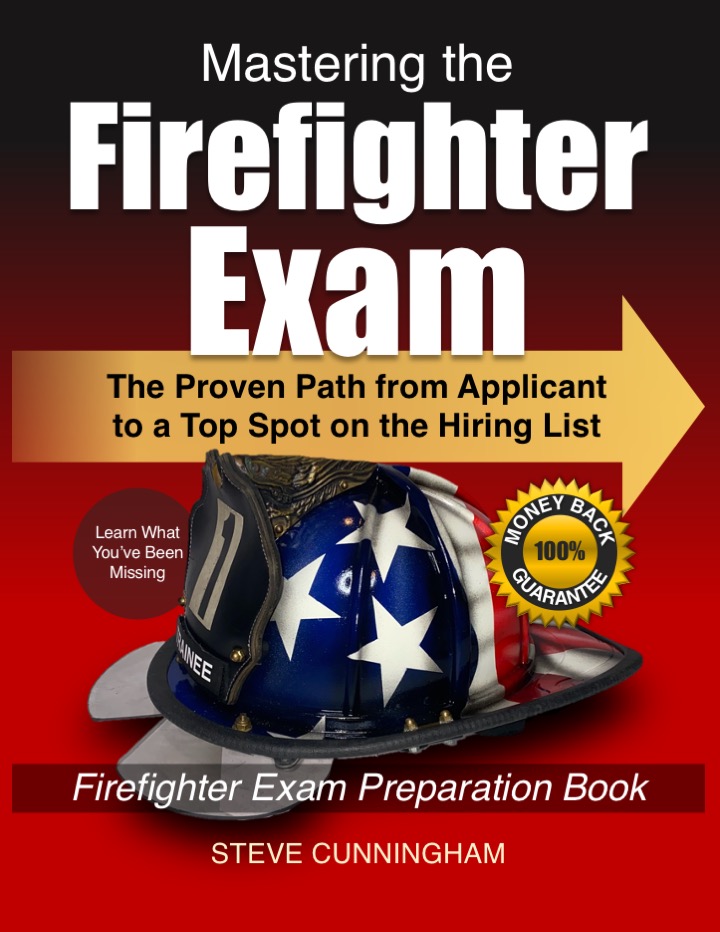
Mastering the Firefighter Exam is a complete guide on how to pass the firefighter exam with a top score. It simplifies the complicated hiring practices of big city fire departments and reveals insider information most candidates don’t know about.
If You Would Like To Know How To Get A Head Of Your Competition, This Book Is For You.

